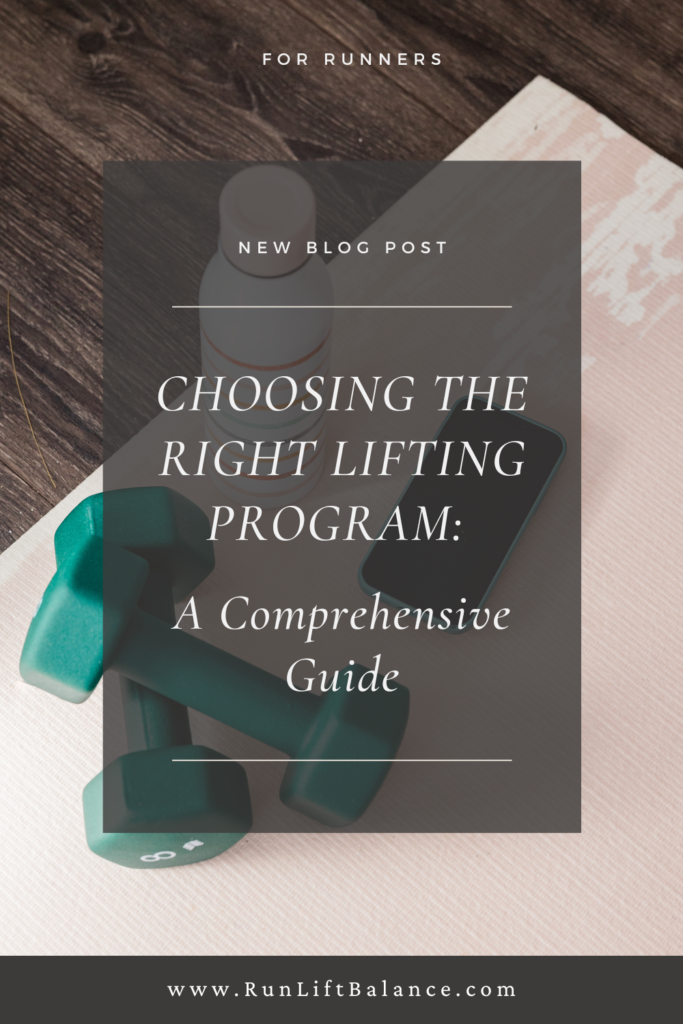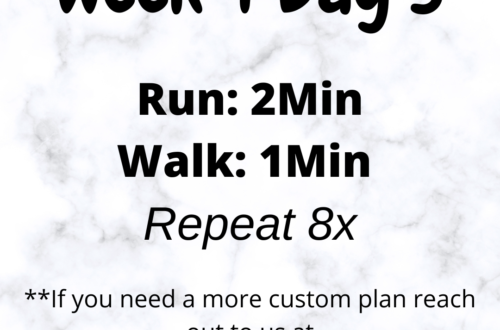Choosing the Right Lifting Program: A Comprehensive Guide
If you’re a runner looking to enhance your overall strength and performance, incorporating a well-designed lifting program is a game-changer. Today, we’ll guide you through the process of choosing the right lifting program to complement your running routine. Let’s explore the key factors and considerations that will help you find the perfect fit for your fitness goals.

1. Assess Your Goals:
Define your lifting goals. Are you aiming for increased strength, muscle endurance, or overall toning? Tailor your lifting program to align with these objectives.
2. Consider Your Running Schedule:
Ensure your lifting program complements your running routine. Strike a balance to avoid overtraining and fatigue. Consider lifting on non-running days or after shorter runs.
3. Focus on Compound Movements:
Emphasize compound exercises like squats, deadlifts, and bench presses. These movements engage multiple muscle groups, providing efficient strength gains.
4. Incorporate Progressive Overload:
Gradually increase the weight or resistance to challenge your muscles over time. This progressive overload is key to continuous improvement.
5. Include Running-Specific Exercises:
Integrate exercises that mimic running motions, such as lunges and step-ups. This helps target muscles used during running, enhancing overall performance.
6. Plan for Recovery:
Allow ample time for recovery between lifting sessions and running workouts. Adequate rest is crucial for muscle repair and growth.
7. Seek Professional Guidance:
Consider consulting with a fitness professional or personal trainer, especially if you’re new to lifting. They can create a personalized program aligned with your running goals.
8. Listen to Your Body:
Pay attention to how your body responds to lifting. If you experience persistent pain or fatigue, reassess your program and make adjustments as needed.
9. Mix It Up:
Keep your lifting routine dynamic and engaging by incorporating various exercises and techniques. This prevents monotony and keeps your body adapting to new challenges.
10. Track Your Progress:
Keep a workout journal to track your lifting achievements and running performance. This helps you identify patterns and adjust your program for continuous improvement.
Remember, the right lifting program should enhance, not hinder, your running progress. Tailor your approach based on your individual needs and preferences. By striking the right balance, you’ll unleash the full potential of your body as both a runner and a lifter. Lace up those running shoes and get ready to lift with purpose! 💪🏃♂️
Ask a Coach HERE
More Lifting Resources HERE
More Running Resources HERE
Pinterest HERE




